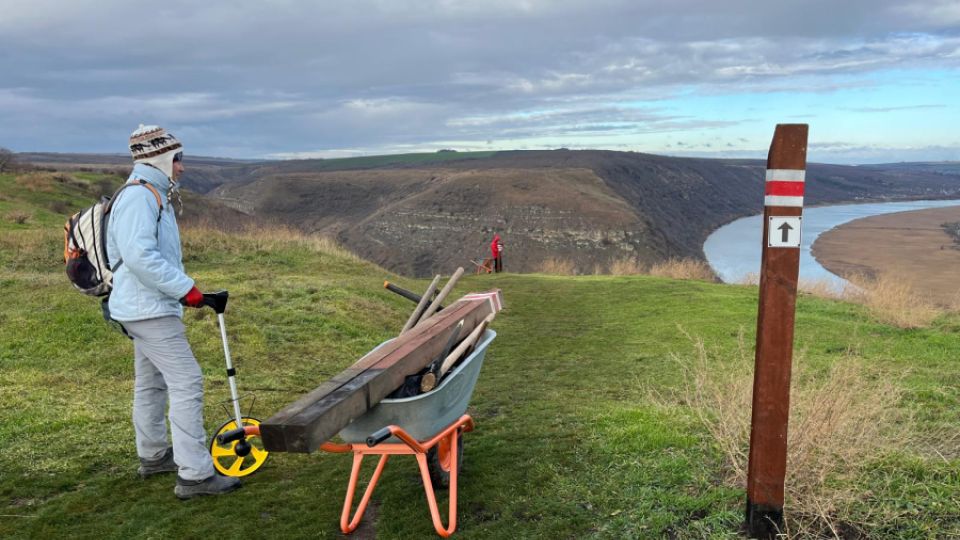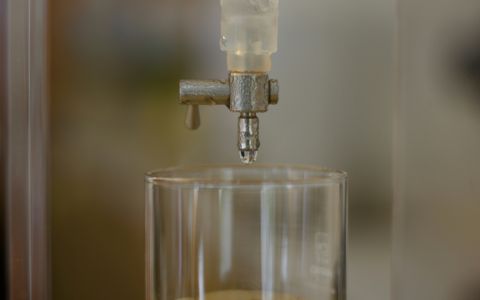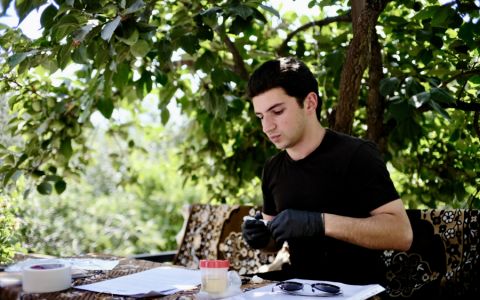A group of Moldovan volunteers, supported by a professional company, have marked out a new hiking route in a popular natural area.
Located about 80km north of Chisinau, the Tipova Nature Reserve covers an area of 306 hectares along the western bank of the Dniester River, with limestone cliffs and dense forests. Archaeological finds within the reserve boundaries indicate continuous human settlement from the Neolithic period to the 5th century AD. The reserve contains 18 caves (forming one of the largest cave systems in Eastern Europe) which were converted by monks into underground churches and dwellings, creating a network of religious structures. Visitors can follow marked trails throughout the reserve, with the main entrance near the village of Tipova.
Some of the trail markings have been damaged by years of use, some paths have been overgrown and some new, unofficial paths have been created by tourists who do not respect the signposted routes. A group of volunteers from the local NGO SOL, led by Maria Gurskaia and supported by a specialist company, TrailPro LLC, decided to create a model trail marking leading to one of the most visited canyons, which ends in a beautiful waterfall.
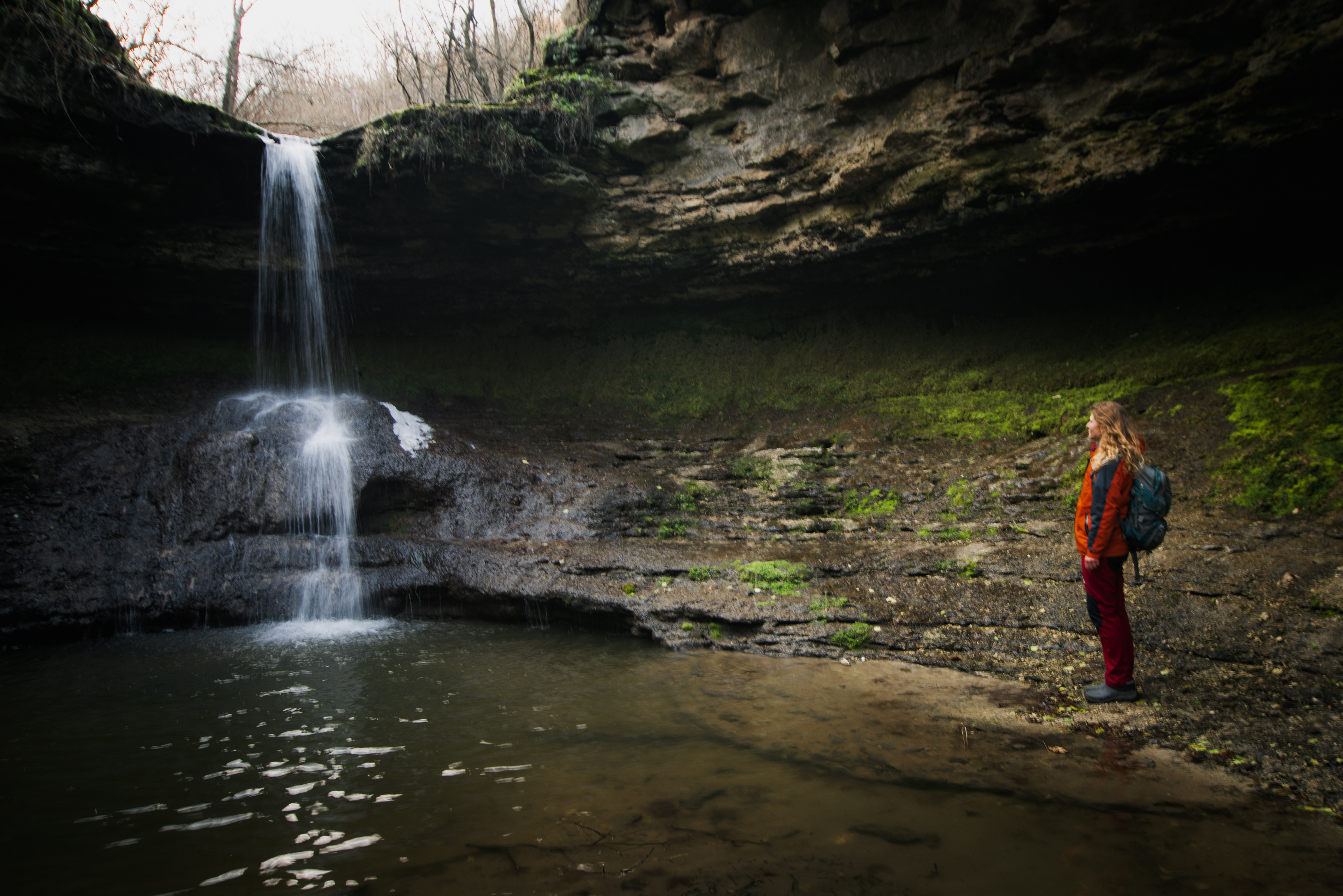
The reasons for this decision came from the fact that Tipova is a very popular tourist destination in Moldova (according to several researches it is even the most popular place for Moldovan internal tourism) and massive tourism poses a challenge to the local environment of this place, a landscape reserve protected by national law. It is therefore important to keep the tourists on the path in order to reduce their impact on the natural habitat.
The volunteers chose the most popular route in the area, starting from the Monastery / 'Muze' hotel (where all the tourists arrive) to the largest waterfall in the canyon. This path is 3.5 km long. The work was carried out in mid-December and included the installation of wooden pillars with white-red-white markings and special directional boards.
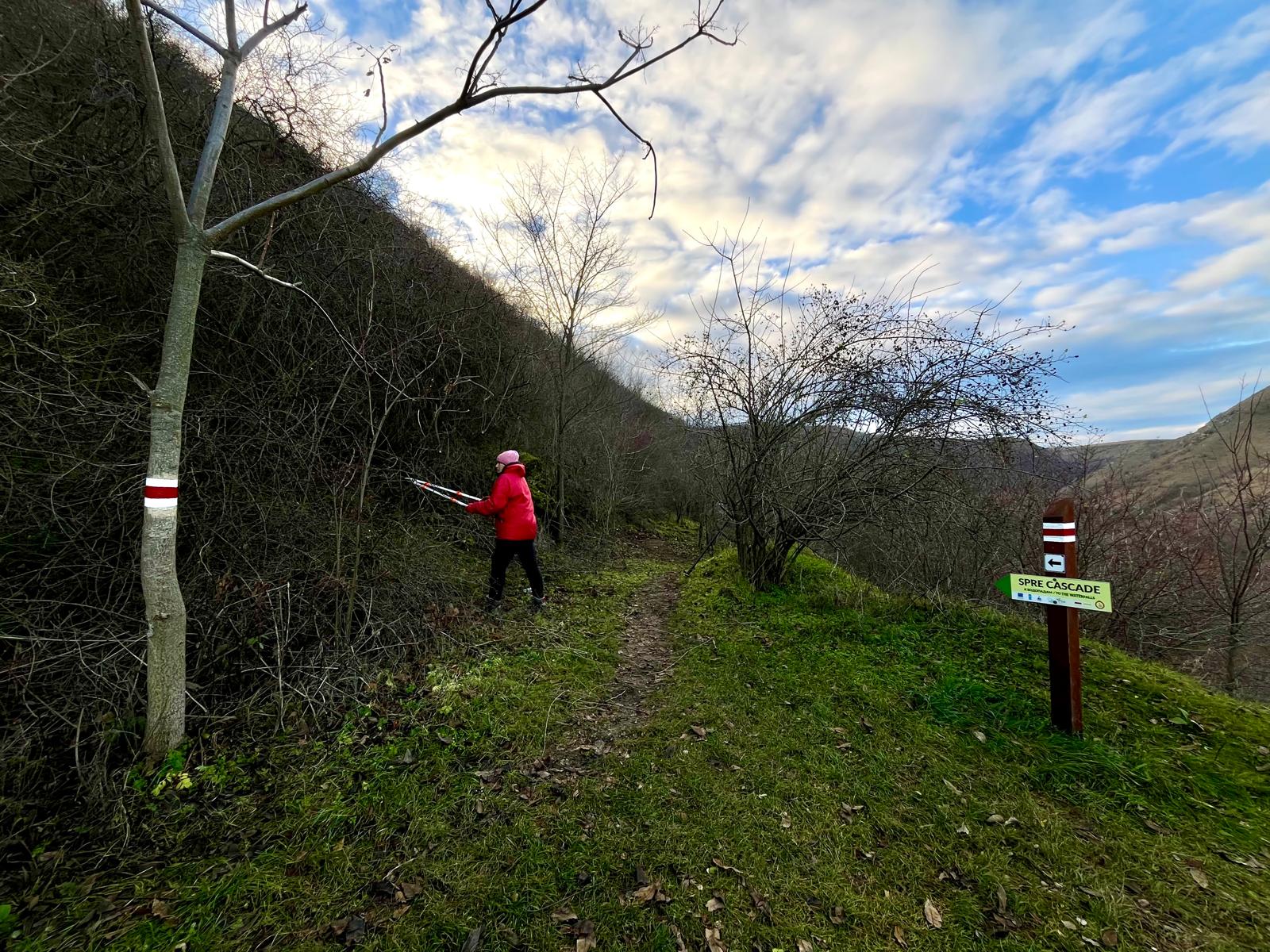
But there was also a lot of other work to be done: cleaning the difficult parts of the trail where it was hard to pass because of overgrown bushes (which made tourists step off the trail, causing erosion of the canyon slope), levelling the difference in ground level along the trail for comfort and to prevent erosion, repairing the eroded parts of the trail (mostly the serpentine way down/up the canyon slope) with stones and wood, and closing and camouflaging the alternative paths to reduce the negative impact on the environment. Additional activities have been planned for early spring to ensure the trail is in good condition before the high tourist season begins (this will mostly be done by local volunteer rangers with the help of TrailPro).
This activity is an example of actions we support on both banks of the Dniester River as a part of the project "Natura 2000 in Moldova: Promoting the European Approach to Nature Conservation in Moldova" together with our local partner Biotica Ecological Society. The project is financed by the Transition Promotion Programme of the Czech Ministry of Foreign Affairs. You can find a lot more information on our activities in Moldova in other articles here.




